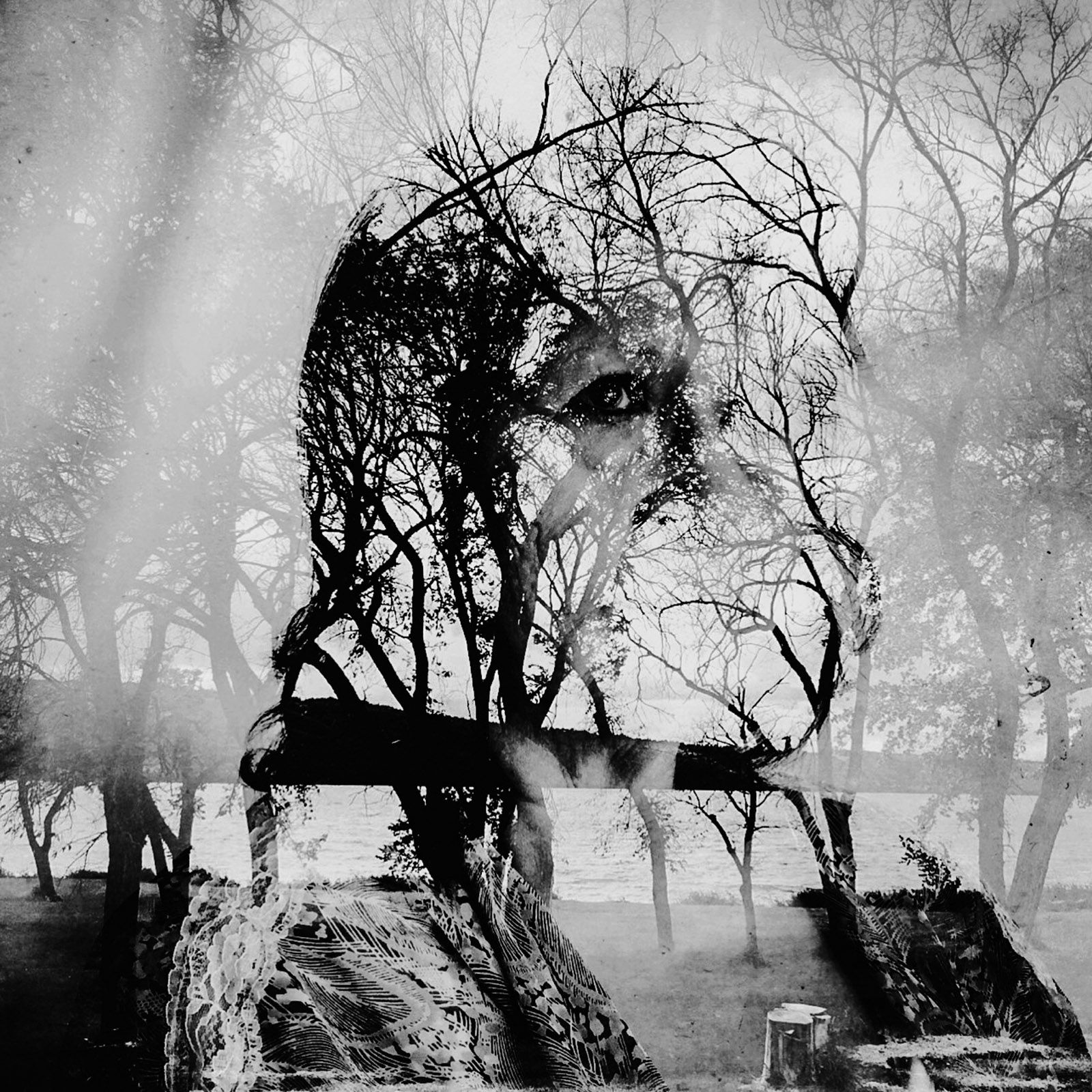Sam was making toast at around 6 AM when he noticed the slit of light beneath the bathroom door. Minutes passed, but no one seemed to be moving inside and no one came out. In a dream that night, his wife, Maureen, had heard someone calling their daughter Sarah’s name, and she knew what had happened as soon as Sam shook her awake. Clinging to the wall, she approached the bathroom. And then she saw Sarah hanging in the shower stall, dead at age seventeen.
The girl, Maureen told me,1 had just come back from visiting relatives in another village and had spent the previous afternoon sorting through clothes she wanted to give away. Then the family settled down to butcher and eat a seal—raw, in the traditional Inuit way—on a piece of cardboard on the sitting room floor. Afterward, Sarah put on some makeup and went out. She’d just broken up with an older boyfriend of whom her parents did not approve, but they’d had so many fights about it that Maureen didn’t dare ask where she was going.
If Nunavut, the semi-autonomous Canadian territory that is home to roughly 28,000 indigenous Inuit people, were an independent country, it would have the highest suicide rate in the world. The suicide rate in Greenland, whose population is mostly Inuit, is 85 per 100,000; next highest is Lithuania, at 32 per 100,000. Nunavut’s rate is 100 per 100,000, ten times higher than the rest of Canada and seven times higher than the US. When I visited Nunavut’s capital, Iqaluit, in July, virtually every Inuit I met had lost at least one relative to suicide, and some recounted as many as five or six family suicides, plus those of friends, coworkers, and other acquaintances. Three people in my small circle of contacts lost someone close to them to suicide during my nine-day visit. Acquaintances would direct my attention to passers-by on the street: “his older brother too,” “his son.” Almost one third of Nunavut Inuit have attempted suicide, and most Inuit I met confided, without my asking, that they had done so at least once.
Two recent books, Too Many People: Contact, Disorder, Change in an Inuit Society, 1822–2015 by Willem Rasing and The Return of the Sun: Suicide and Reclamation Among Inuit of Arctic Canada by Michael Kral, trace the origins of the suicide crisis in Nunavut to the mid-twentieth century, when these traditionally nomadic people moved off the land into towns. Until then, suicide was rare, and among young people, almost unknown.
The Inuit migrated across the Bering Land Bridge from what is now Siberia and in…
Read the full story on the New York Review of Books website.
